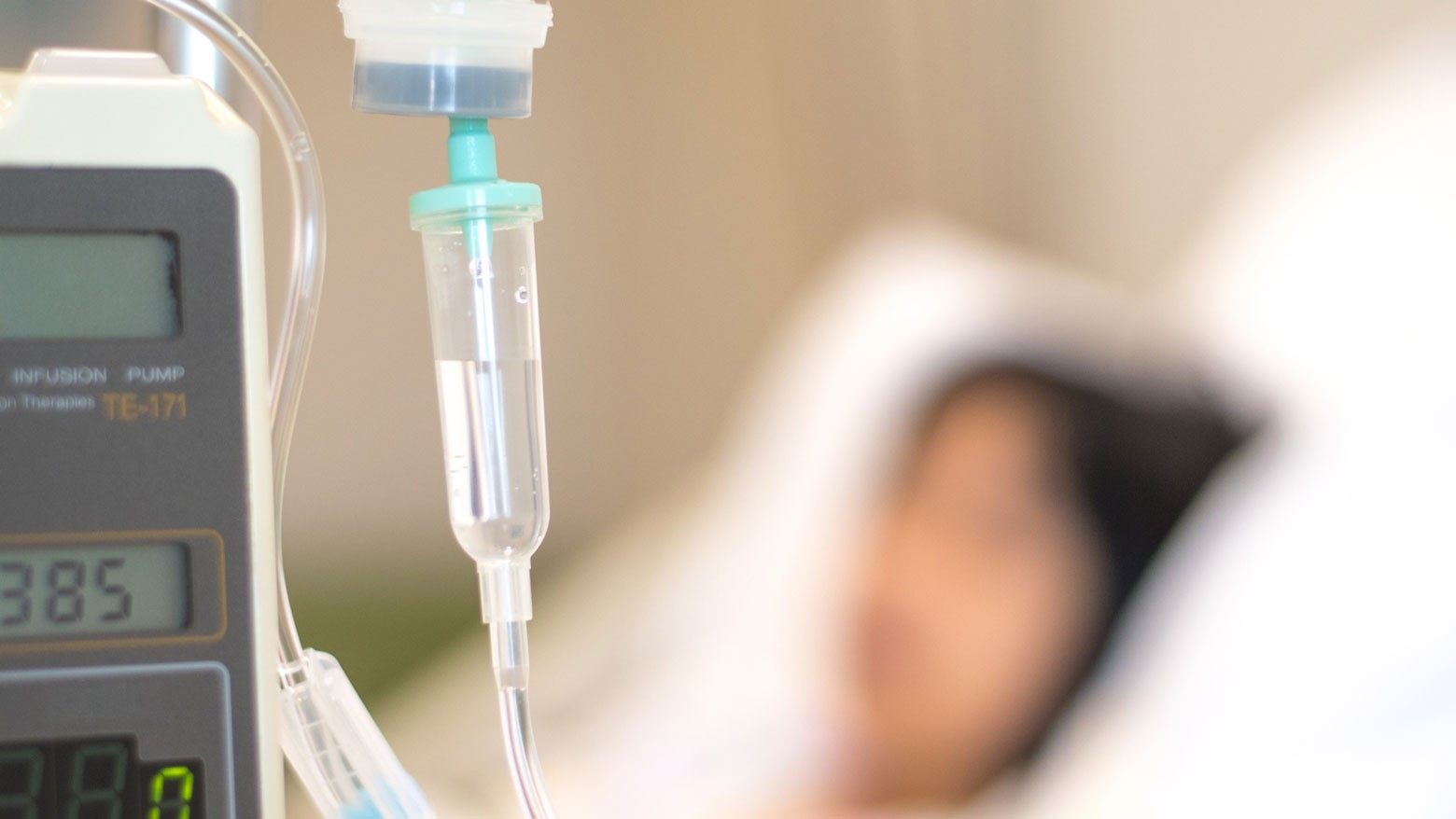Identifying an early case in Japan
Dr. Matsubara Daisuke works at Jichi Medical University Hospital in Tochigi Prefecture. He diagnosed his first patient with MIS-C in October 2021.
Matsubara had the benefit of two years' experience at the Children's Hospital of Philadelphia in the US, where he had been treating MIS-C patients. When he returned to Japan in mid-2021, he was of the understanding that there were very few MIS-C cases back home.
A few months later, he came across his first case at Jichi Medical University Hospital. "The doctor on night duty called to inform me about a child who had been brought in. They were unsure about his symptoms, but mentioned that he had a fever and had previously been infected with COVID-19 not too long ago. I thought it might be MIS-C."

The 11-year-old boy turned out to have the condition, but it took a long time to reach the correct diagnosis. He was an active child who enjoyed sports. The first unusual sign appeared a month after he was infected with COVID-19. He suddenly developed a fever of 39 degrees Celsius, and complained of severe nausea.
His regular pediatrician diagnosed him with gastroenteritis, but the boy's symptoms showed no signs of improvement over time. He also complained of severe pain behind his eyes and sensitivity to light. An ophthalmologist near his home diagnosed him with Crohn's disease but again, his symptoms still did not improve and instead took a turn for the worse.
The boy eventually returned to his pediatrician, who sent him to Jichi Medical University for further examination. He was admitted and at one point his heart function was deteriorating.
Finally, he and his family were able to find some answers when Matsubara diagnosed him with MIS-C. "I was very anxious until they were able to pinpoint the cause," says the boy's father. "I have painful memories of talking with my wife about what to do if he couldn't play sports anymore. That's his favorite thing."
The boy was hospitalized for a week where doctors administered anti-inflammatory drugs. He's healthy now, but remains under observation.
A life-threatening condition
MIS-C was identified as a condition after the global spread of COVID-19.
In Europe and the US in particular, some children complained of fever, vomiting, and eye pain several weeks after infection. At first, it was believed to be a new disease of unknown cause. Subsequent studies identified common symptoms, including fever, vomiting, diarrhea, abdominal pain, and eye pain/redness.
Multiple organs, including the heart, can deteriorate if patients do not receive proper treatment. In mild cases, immunoglobulin is administered, and in severe cases, steroids are used to prevent coronary thrombosis.
According to the US Centers for Disease Control and Prevention (CDC), more than 9,000 children in the United States had been diagnosed with MIS-C by the end of last November, and 74 had died.
In Japan, Matsubara and a group of other medical specialists conducted a nationwide survey of approximately 2,000 medical institutions. They found at least 64 children have been diagnosed with MIS-C between spring and autumn in 2022.
Although there were no severe cases, many of them were hospitalized for treatment. "I would say that there are about a hundred children out there with MIS-C, including mild cases," says Matsubara. "Assuming that children will continue to be infected, it is possible that number will gradually increase."
Difficult to distinguish
The survey also found that doctors are finding it difficult to distinguish MIS-C from Kawasaki disease, an illness with an unknown cause that affects children.
Ibaraki Seinan Medical Center Hospital in Ibaraki Prefecture reported three difficult cases among children who had previously been infected with COVID-19. But medical workers were unable to determine whether the trio had MIS-C or Kawasaki disease.
One of the children, an 8-year-old girl had a weak and irregular heartbeat, which led doctors to suspect MIS-C. Ultimately, however, the child was diagnosed with Kawasaki disease, which can also cause heart deterioration in severe cases.
"If the patient had been recently infected with COVID-19, they would meet the diagnostic criteria for both MIS-C and Kawasaki disease. It is difficult to distinguish one from the other," explains the hospital's Dr. Ishikawa Nobuyuki.

An issue unique to Japan
Confusion over MIS-C or Kawasaki disease is a problem that is largely confined to Japan and other Asian countries. That is because Kawasaki disease is more common in East Asia than in Europe or the US.
In Japan, the number of infections among children has increased rapidly since the emergence of the Omicron variant of COVID-19. That is creating widespread difficulties for general medical institutions that are unable to distinguish between MIS-C and Kawasaki disease, which require different medications.
Matsubara and the specialists involved in the survey are working on a set of diagnostic criteria for MIS-C. To that end, they're reviewing about 100 cases.
"When considering what kind of treatment is best, you need reliable data, which you cannot accumulate without proper diagnosis," says Matsubara.
Watch out for unusual symptoms
As the medical profession in Japan tries to get a better understanding of MIS-C, parents are advised to keep a close watch on children who experience its known symptoms some weeks after a COVID-19 infection.
As the population adjusts to life with COVID-19, the number of children who get infected will naturally increase — as will the risk of MIS-C.

